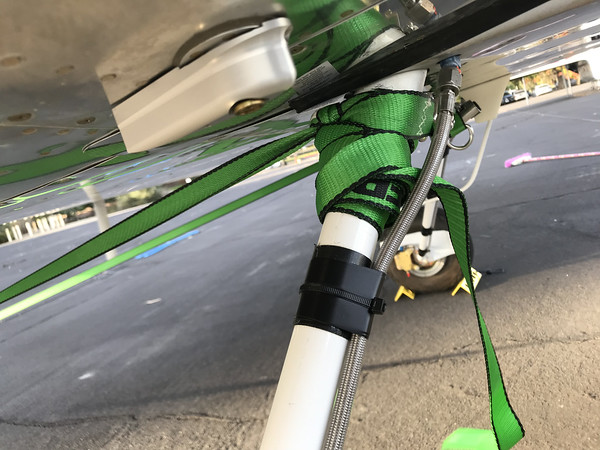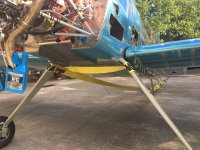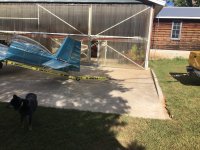Getting ready for first flight. I’ve tried twice now on my 14A to chock the wheels on concrete for a high power run to set max rpm on the prop/engine. Twice I’ve started sliding and have now crushed an aluminum chock. Any suggestions on how to tie it down or should I just do a run down the runway to check the max rpm?
Thanks
Bill Gardner
140849
N513DB
Thanks
Bill Gardner
140849
N513DB







